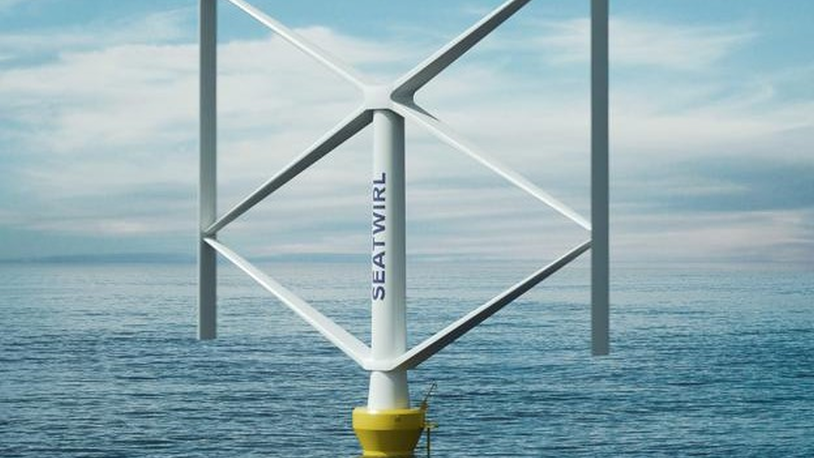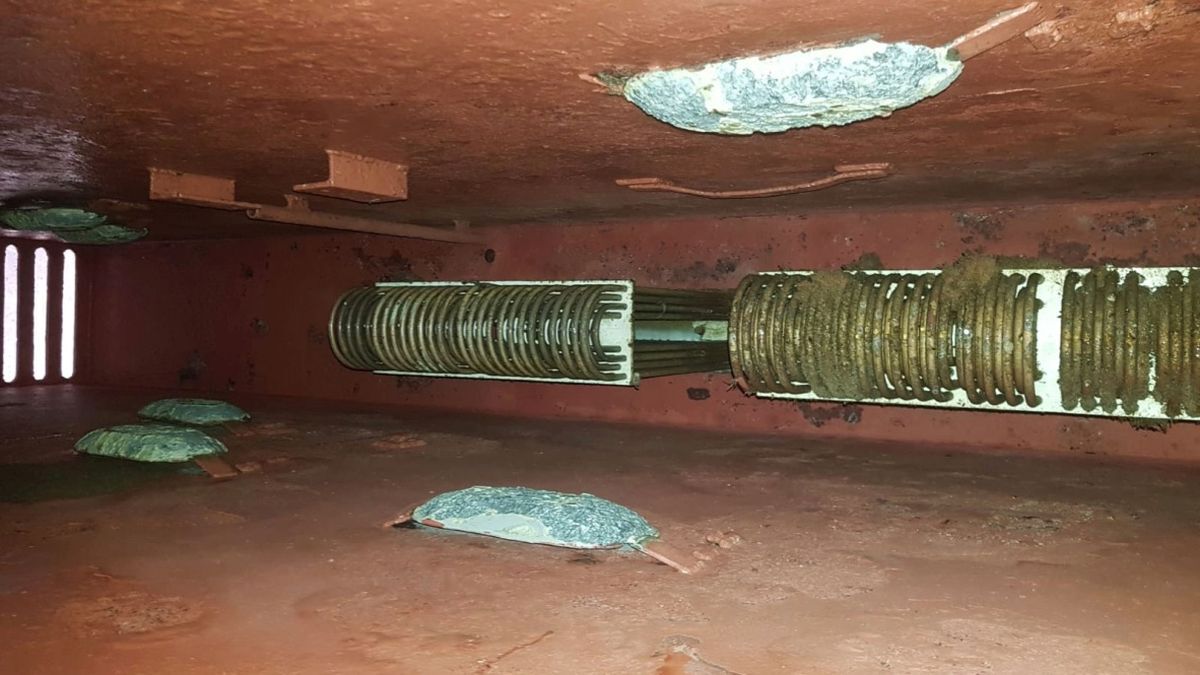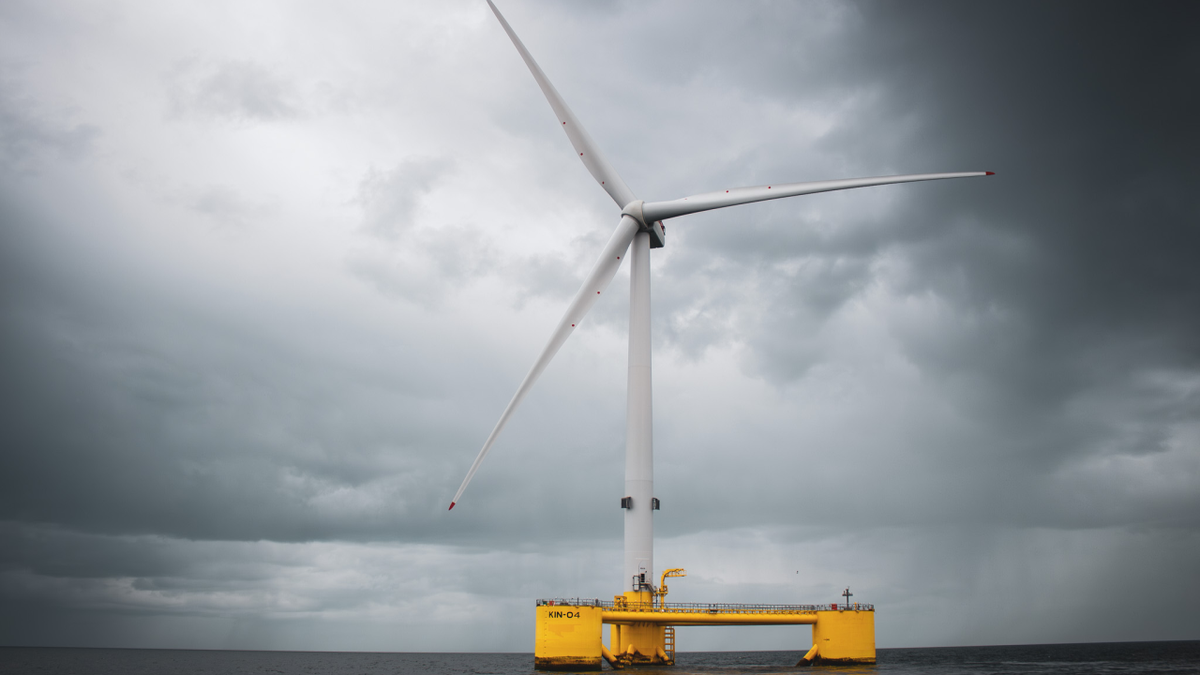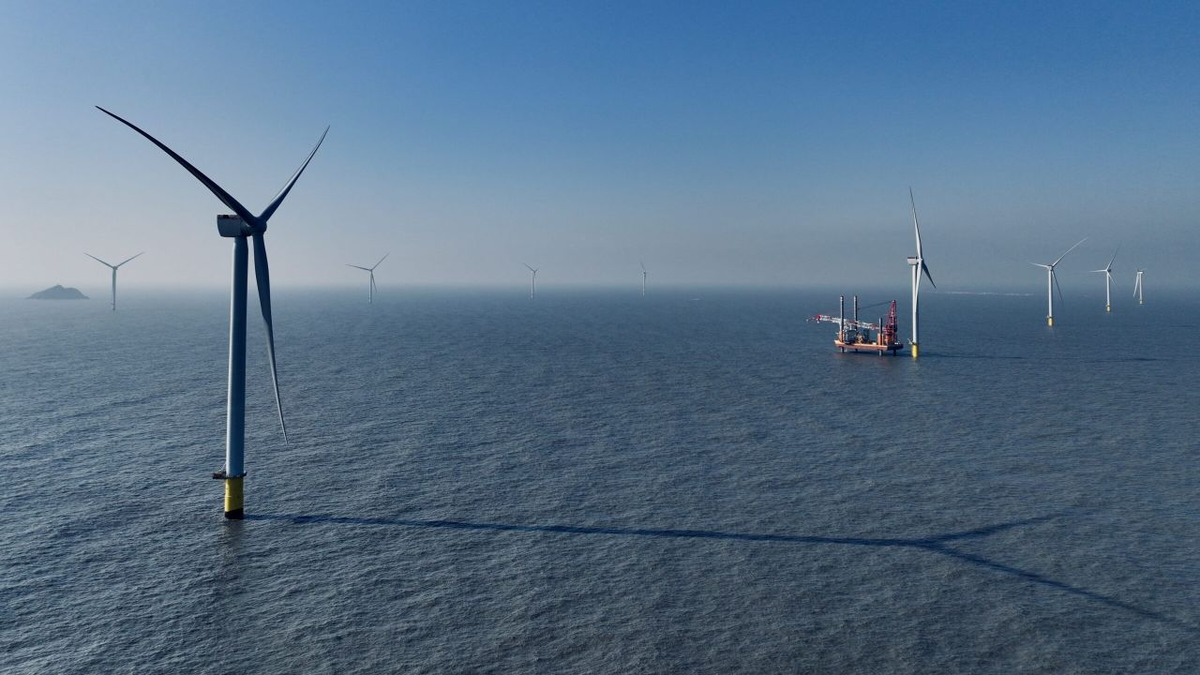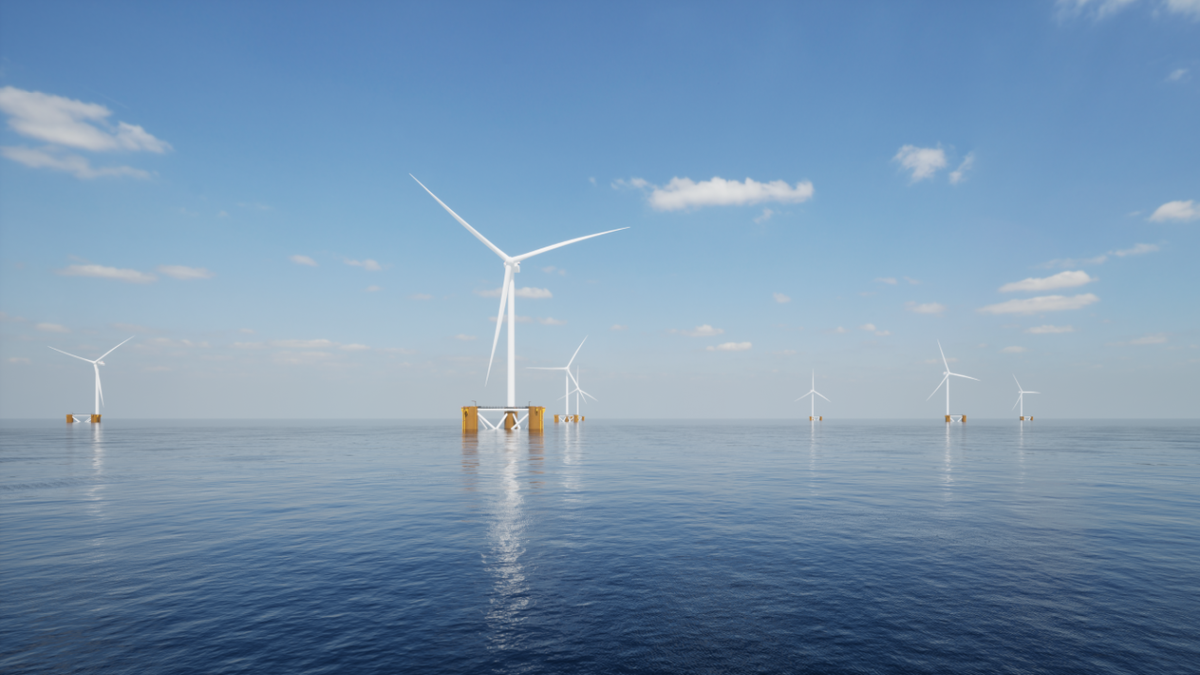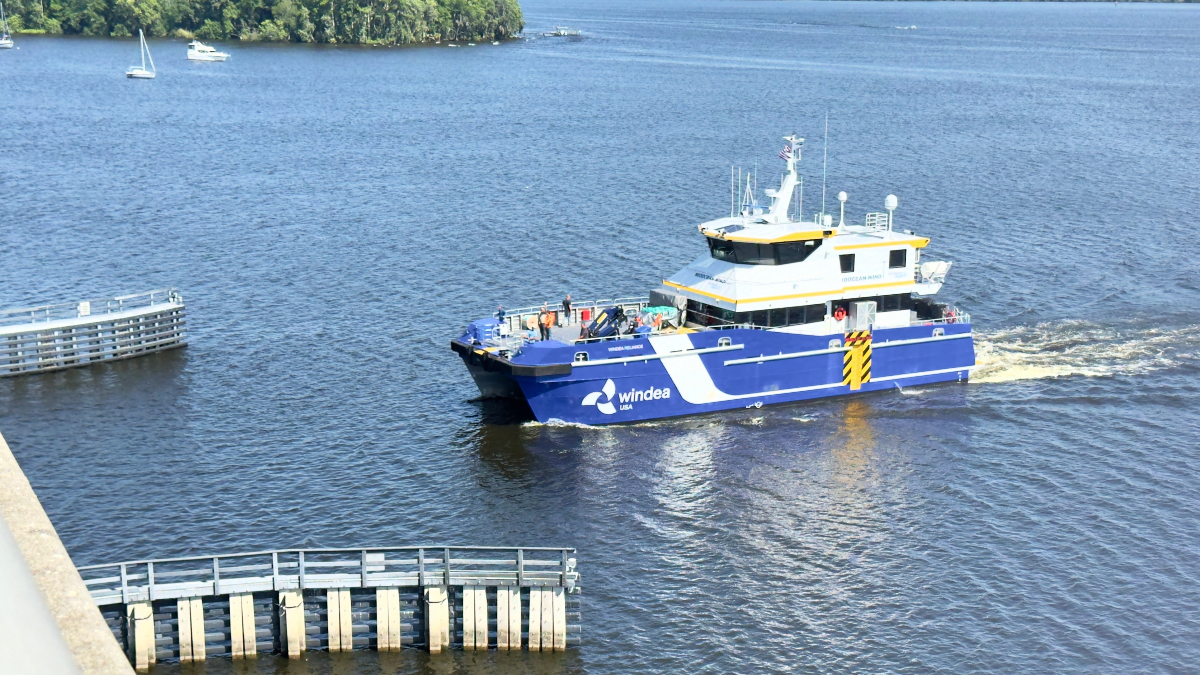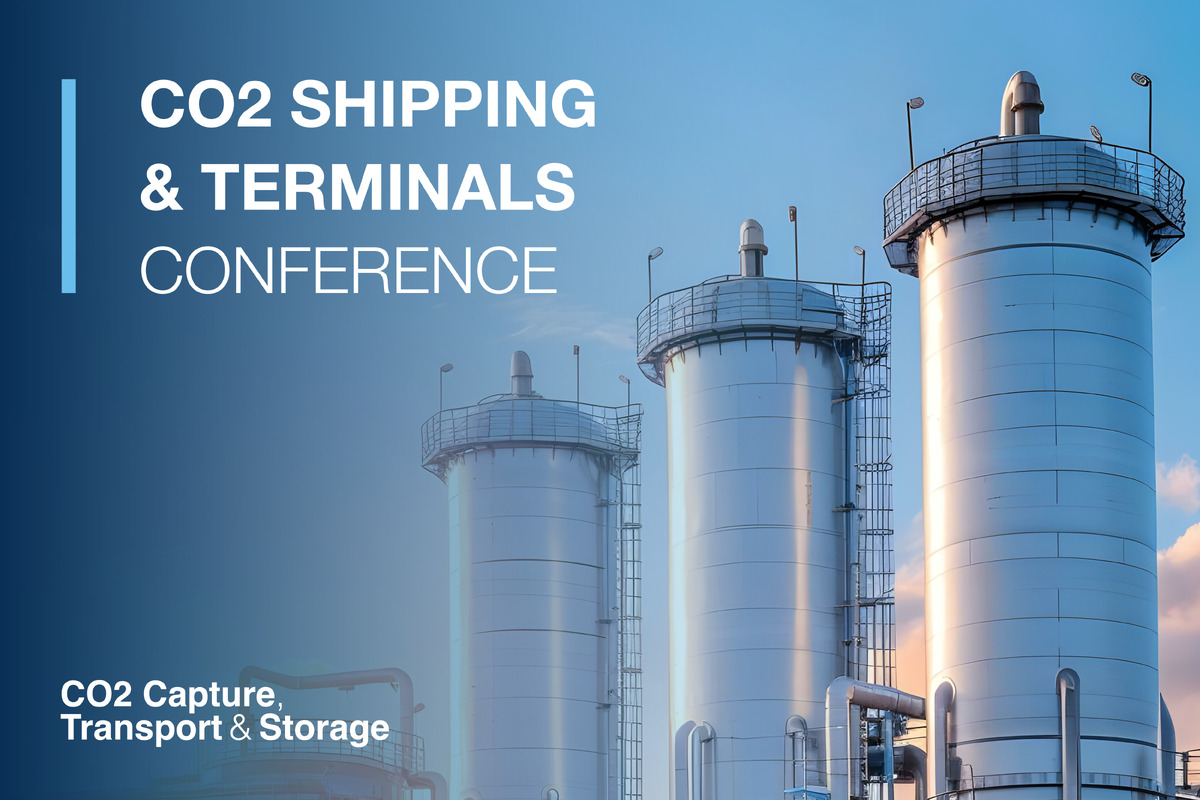Business Sectors
Contents
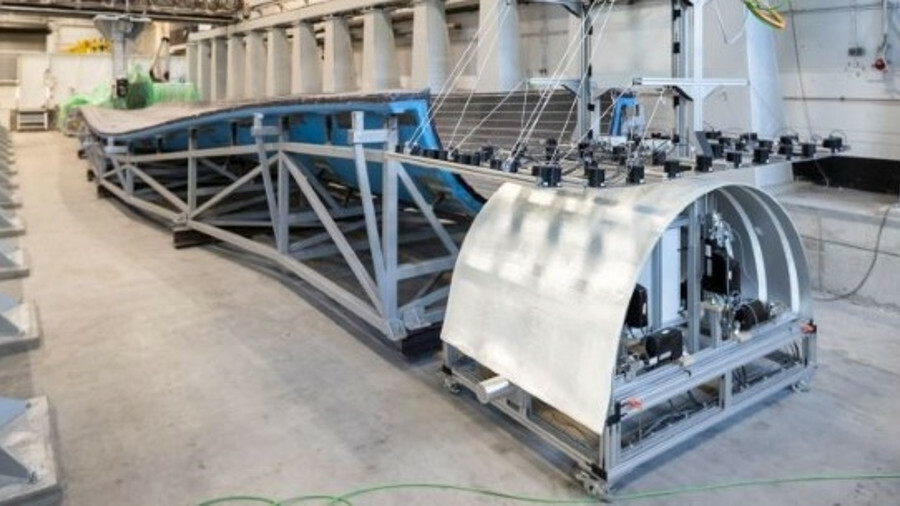
Technology can take us to 20 MW, turbine and blade builders say
With new, much larger turbines in development, the offshore wind industry is looking at ways to enhance manufacturing processes and further reduce costs through standardisation
Industry leaders presenting at the Global Wind Summit in Hamburg in September described the development of offshore wind turbines that could soon be far larger than existing marques and said they see few technical barriers to developing units as large as 20 MW, with rotors of up to 240 m in diameter.
As MHI Vestas unveiled a 10-MW turbine at Wind Energy Hamburg in a conference session at the summit dedicated to future offshore wind turbines, representatives of turbine builders such as Senvion and blade builders such as LM Wind Power discussed developing next-generation turbines that will be far more powerful than existing models and even MHI Vestas’ new unit.
Wood Mackenzie Power & Renewables senior analyst Shashi Barla told delegates the market will see 15-20-MW turbines by 2030 and highlighted the cost reduction potential of 12-15-MW units already under development. “We don’t see any limitations for technology growth,” he told the conference.
Senvion chief technology officer Servet Sert described the development of Senvion’s 10-MW offshore wind turbine – which has already morphed into a 12-MW unit with growth potential beyond that – and highlighted the challenges in developing such a huge turbine. First and foremost is increased blade length, he said, and the need for new control systems for such a large turbine.
Mr Sert said larger turbines would continue to drive down the levelised cost of energy, but they need to be developed “at the right cost.” He described new-generation turbines with rotor diameters exceeding 200 m, but highlighted challenges that needed to be addressed before units of this size entered production. These include fatigue loads on such massive units, and the challenge of manufacturing the blades for such large turbines. Compared with existing turbines, “a 12-MW turbine needs a new control system,” he told delegates. “You will need more dynamic control.”
‘Is there a limit to blade length?’ was the subject LM Wind’s senior director, engineering and power excellence, John Korsgaard was tasked with talking about.
He explained the cost of a blade is about 6-8% of the overall cost of a turbine. Longer and longer blades are going to be more and more expensive, but they can help reduce the levelised cost of energy, and a relatively small increase in blade length can significantly increase annual energy production.
As highlighted by OWJ on a number of occasions, LM Wind has already produced an 88.4-m blade and is going to develop a 107-m blade for GE’s Haliade-X. Mr Korsgaard said the first blade for the Haliade-X will be produced by the end of the year and also highlighted challenges involved in building such massive blades. He said they included aerodynamics and that longer blades mean a significant increase in mass. Like Mr Sert, he highlighted the challenge of control systems for very long blades and the need for new, advanced control systems that can reduce loads.
As blades get longer and longer so their mass becomes more and more of an issue, but that issue is one LM Wind has already begun to address using new materials, such as carbon fibre. Its new 5.3-MW onshore turbine, Cypress, makes extensive use of carbon and has a novel two-piece blade design. However, carbon fibre has issues of its own said Mr Korsgaard – it’s a conductor, so if you go down that route lightning protection is more of an issue.
As blades get longer and longer, so transporting them has become more and more of a challenge. One way of addressing this is a two-piece blade. What role will two-piece blades one day play offshore? A two-piece blade would be easier to build, transport and install offshore, if it were technically suited to the harsh offshore environment. Might we see a two-piece offshore blade before long?
Mr Korsgaard went on to say that a 20-MW turbine with a 250-m rotor diameter is “perfectly feasible” and presented a slide showing a graph of the growth in blade length. The growth curve went all the way up to 140 m.
MHI Vestas is one of three of the world’s largest turbine manufacturers to have developed a list of components and systems they believe could be standardised to drive innovation and reduce costs in the installation and O&M phases of windfarms.
The components and systems have been identified by Siemens Gamesa, Vestas and MHI Vestas working in unison with Megavind, a strategic partnership in the Danish wind industry in which industry, academia and government meet and work together to chart a course for wind energy R&D, testing and demonstration.
The ‘hot list’ the turbine manufacturers have identified was due to be unveiled at this year’s Wind Energy Denmark event, which brings together Danish and international industry to discuss innovation, technology development and collaboration between the industry and the world of research.
“The industry needs to find common ground on future cost reduction,” said the Danish Wind Industry Association. “This calls for communication, co-ordination and collaboration between all of the stakeholders in the industry – utilities, OEMs, suppliers and research institutions. “Vestas, Siemens Gamesa and MHI Vestas have taken up this challenge and defined areas which are ‘core’ and ‘non-core.’”
“There is a strong focus on closer collaboration between manufacturers and suppliers. In launching this list Wind Energy Denmark invites industry to prioritise collaboration across the value chain and take the next steps in realising cost reduction,” said MHI Vestas chief technology officer Torben Hvid Larsen, noting that he expects the list will prompt innovation projects in the next 2-3 years.
“For cost reduction potential to be fully utilised, industry and the research world must follow a common research and innovation strategy that ensures a joint focus on the specific areas of greatest potential and the ‘easy pickings’ in terms of reducing the levelised cost of energy,” the Danish association said.
Better quality, faster-to-produce blades could result from a R&D project led by Fraunhofer IWES in Germany. It heads a 14-member industry team that has launched a project that aims to find ways to produce blades for wind turbines more quickly and to higher quality standards. The BladeFactory project was launched at the beginning of October 2018 with Fraunhofer IWES as co-ordinator.
The research project, funded by the German Federal Ministry for Economic Affairs and Energy to the tune of €7M (US$8M), is set to last 3.5 years. During this period, IWES researchers will develop and test production techniques that can reduce the time it takes to manufacture rotor blades. The industry team is working on ways to productionise the new techniques and on a 3D laser measurement system for blade quality assurance. Development work will be undertaken at IWES’ demonstration centre for industrialised rotor blade production in Bremerhaven, Germany, a facility established within the context of the earlier BladeMaker project.
Using existing technology, it takes around 24 hours to produce a rotor blade blank. “To shorten the production time, we want to undertake processes simultaneously and move some of the work away from the main mould tool to other devices,” explained Fraunhofer IWES project manager Roman Braun. This includes procedures such as preforming (placement of the textile and core materials) and prefabbing (preproduction of rotor blade components). It is hoped the laser measurement system the team is working on, which will precisely record the 3D geometry of the finished parts, will help increase the accuracy of production.
Related to this Story
Events
Reefer container market outlook: Trade disruption, demand shifts & the role of technology
Asia Maritime & Offshore Webinar Week 2025
Marine Lubricants Webinar Week 2025
CO2 Shipping & Terminals Conference 2025
© 2024 Riviera Maritime Media Ltd.


